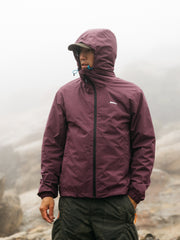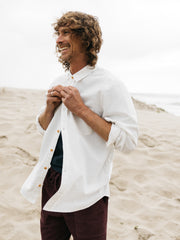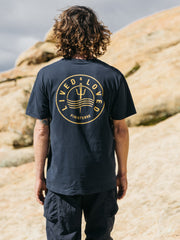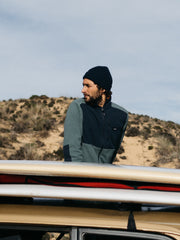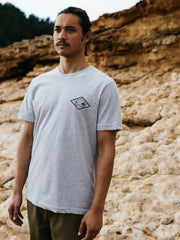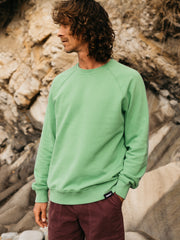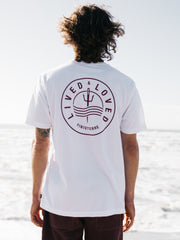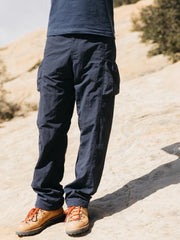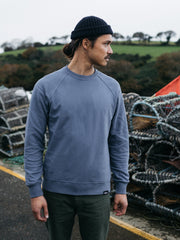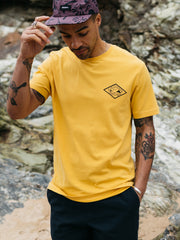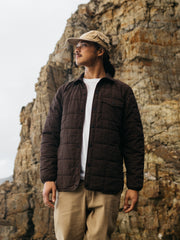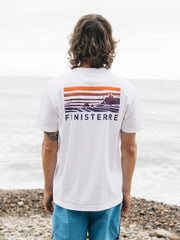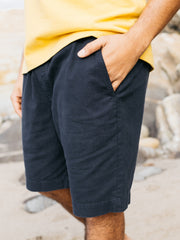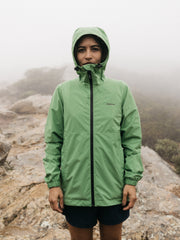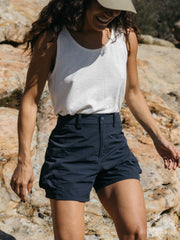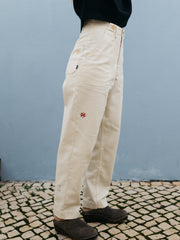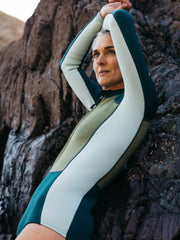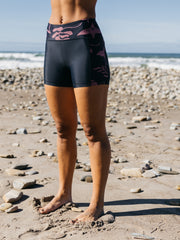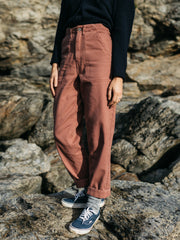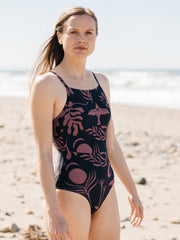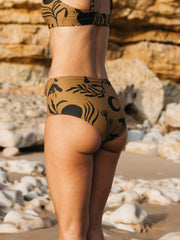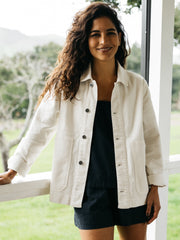Sleep is hard-won and comes as a deep unconsciousness via exhaustion from which we are often rudely disturbed. On many occasions I wake with a start, as a wave slams the hull, heart racing, convinced we are in mortal danger and calling out to Tom, “Is everything ok?”
The moon casts an amber glow across our wake, illuminating the path we have travelled to the horizon, a vast seaway, a turbulent river of gold, perilous and beguiling. Minutes later voluminous clouds shroud the moon, squalls gathering, threatening. We are in the path of a huge cumulonimbus that is gaining on us, the classic anvil-of-a-cloud, cauliflower above, dark and menacing below and connected to the horizon by sheets of rain. It looms and I prepare myself. I pull on my trusty Finisterre Rainbird jacket, shut the cabin doors and hatches and stand at the helm and wait; I'm a little nervous but primed, ready for the assault. Tom and Sergio are asleep below, it's just me, the boat and the squall.
The rain arrives first; a few heavy spots set the beat, a slow walking pace to begin with, then a gust of wind rising, whistling, energy increasing, more spots join the percussion gathering pace, this is my signal to take the wheel. The autopilot struggles in the strongest winds, so I take control, feeling the weighty push of wind surging against the sails. In seconds the rain becomes a torrent and the wind grows to a howl, as though coaxing one another into a frenzy. Rain pummelling, bouncing, wind whooshing, roaring they rise and fall together, harmonised. The boat begins to surf, and the wind pushes it to starboard; I lean heavily on the wheel to correct its course, trying to keep the wind behind us to temper our speed.



